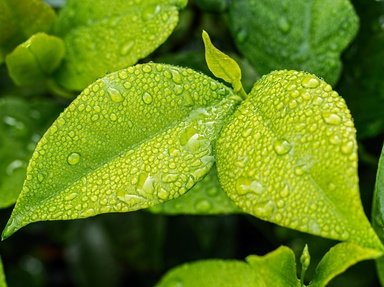Quiz Answer Key and Fun Facts
1. Well known for aging Japanese and Scotch whisky, what is the common name for the 'Quercus cripula'?
2. Shiitake mushrooms can be grown on logs from many hardwoods, but which tree (related to beech and oak) is also known as the 'shii tree' for its long use in shiitake cultivation.
3. Which broadleaf evergreen has small, star-shaped flowers followed by blue berries? It is often planted near shrines and is native to much of Japan and other countries of east Asia.
4. Acer palmatum is the Latin name of the Japanese maple. What does 'palmatum' refer to?
5. The Japanese technique of 'daisugi' is used on 'Cryptomeria japonica', also known as Japanese cedar. What is 'daisugi'?
6. The Japanese elm, 'Ulmus davidiana japonica', suffers from reduced numbers due to the loss of habitat caused by the cultivation of which foodstuff?
7. Although primarily grown for its gorgeous showy blooms, the leaves of Camellia japonica can be used to make which drink?
8. The Japanese laurel (Aucuba japonica) is a shrub with purple/brown flowers. What colour fruit does it bear?
9. Alternatively described as buna or Siebold's, what deciduous tree, endemic to Japan, grows up to 35 meters (115 ft) and has smooth, grey bark?
10. Well known across the globe as a symbol of Japan, which cultivar, from the genus Prunus, has a profusion of flowers that resemble clouds?
Source: Author
pusdoc
This quiz was reviewed by FunTrivia editor
rossian before going online.
Any errors found in FunTrivia content are routinely corrected through our feedback system.
